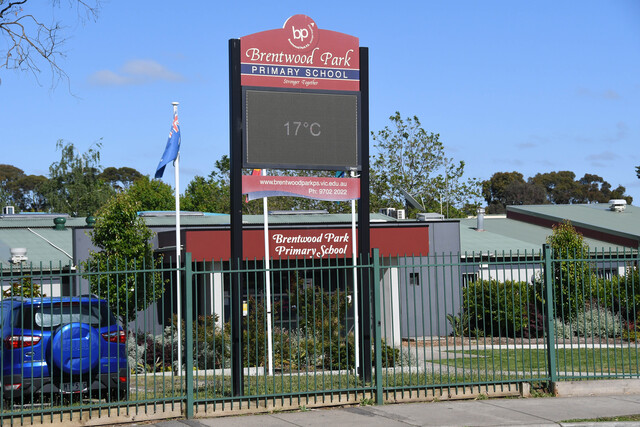This week I thought I would clarify some business terms that frequently get confused but really need to be understood by all business owners, namely profit, margin and mark-up.
First off, there are actually two types of profit: gross profit and net operating profit.
Gross profit is simply the amount that is left over when you deduct from your sales the cost of achieving those sales (cost of sales or cost of goods sold -COGS) such as raw materials, contract staff and freight.
So, gross profit = sales – COGS.
Net operating profit is the amount left over when you take away all the expenses, or overhead costs, except for taxes and interest payments received and paid from the gross profit.
This is also known as EBIT (earnings before interest and taxes), so net operating profit (EBIT) = gross profit – expenses.
You will find all the above items on your profit and loss summary in your financial reports and so effectively tell you how well the business is performing over the given timeframe, e.g. last month or year to date.
Once this information is known, then you can quickly derive a couple of other useful metrics, namely gross (profit) margin and net (profit) margin.
Both statistics are expressed as percentages and give an indication of the efficiency of a business since they can be used to compare the performance of your business against others in the same sector.
These are defined as follows:
Gross profit margin = gross profit / total sales x 100 per cent.
Net profit margin = Net operating profit / total sales x 100 per cent.
Gross profit and gross margin both tell you information about the profit you are making, but how much do you need to increase the cost of an item by to achieve a certain profit for that item?
This is known as ‘markup’ and is usually expressed as a percentage so that:
Markup = sale price – cost price (i.e. equal to gross profit for that item).
Markup percentage = gross profit / cost price (COGS) x 100 per cent.
So let’s say we sell an item for $750 that only cost us $500, then we have clearly ‘marked up’ the $500 cost of the item by $250 (sale price minus cost price).
This also gives us the gross profit: Gross profit = sale price – cost price = $750 – $500 = $250 (markup).
From this, we can quickly calculate our gross margin: Gross margin = gross profit / sale price = $250 / $750 x 100 per cent = 33 per cent.
Now the markup percentage is calculated as the gross profit expressed as a percentage of the cost price, so: Markup percentage = gross profit / cost price = $250 / $500 = 50 per cent.
Note that the gross margin and markup percentage is not the same so in the example above, we would need to mark up the cost price by 50 per cent in order to achieve a gross profit margin of 33 per cent.
Ian Ash ACC AIECL AInstIB
Managing Director OrgMent Business Solutions – ombs.com.au







